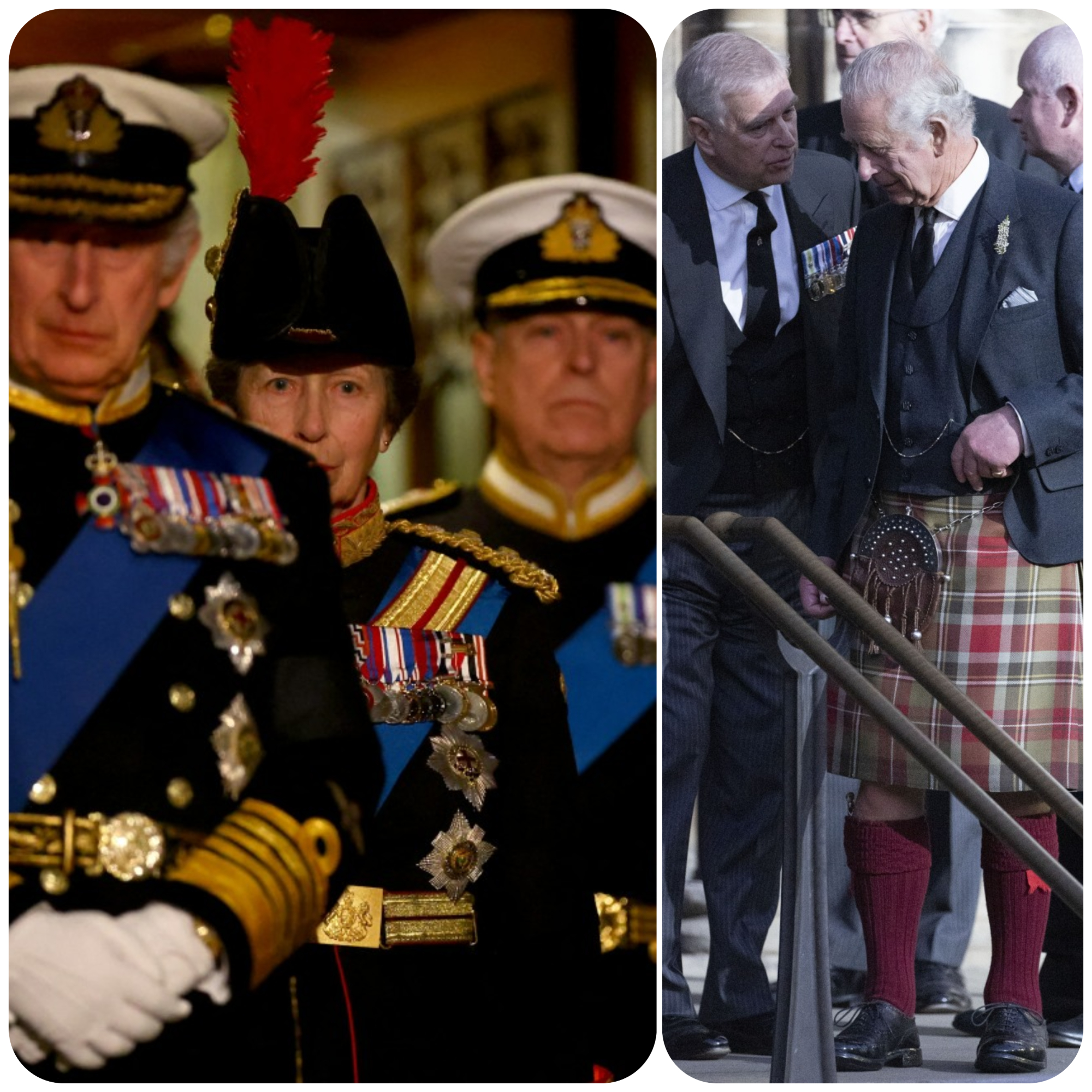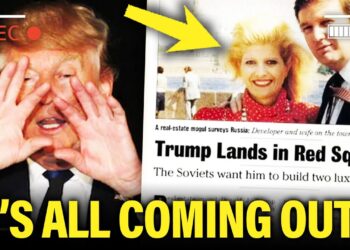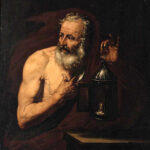The British royal family, led by King Charles, recently faced intense scrutiny following the controversial inclusion of Prince Andrew in the public Christmas parade at Sandringham. As unsealed court documents in New York revealed new and disturbing allegations related to Jeffrey Epstein, questions arose about the wisdom of King Charles’s decision to overtly embrace his brother amid ongoing accusations of sexual misconduct. This article delves into the complexities surrounding Prince Andrew’s inclusion, the motivations behind King Charles’s choices, and the broader implications for the royal family.

The Troubled Background:
Prince Andrew has long been entangled in controversies surrounding his associations with Jeffrey Epstein and Ghislaine Maxwell. In 2022, Andrew paid an eight-figure out-of-court settlement to Virginia Giuffre, who accused him of abusing girls and women trafficked to him by Epstein and Maxwell. Despite these damning allegations, both Queen Elizabeth II and King Charles have been criticized for publicly supporting Andrew, showcasing a united front that contrasts sharply with the treatment of other family members, notably Prince Harry.
King Charles’s Decision:
The decision to include Prince Andrew in the Christmas parade at Sandringham, despite the looming release of Epstein-related records, has raised eyebrows. Critics argue that King Charles’s overt support for Andrew, particularly during a time of potential explosive revelations, is both astounding and possibly unwise. The king’s motivations are questioned, given the apparent knowledge of the severity of the allegations against Andrew.
Concerns for Andrew’s Wellbeing:
Insiders suggest that King Charles may have been aware of the impending revelations and chose to include Andrew as a protective measure. Concerns about Andrew’s mental health and the impact of the longstanding allegations on his personality and confidence were cited as reasons behind the king’s decision. Charles’s desire to safeguard his brother, coupled with a promise made to the late Queen Elizabeth II to look after Andrew, further complicated the dynamics surrounding Andrew’s public appearances.
A Misguided Gesture:
The inclusion of Andrew in the Sandringham festivities, including the Christmas walk, was defended as an expression of family togetherness. However, critics argue that it was a risky move, and the fallout from the unsealed court documents now adds another layer to the ongoing saga. The revelation that Charles extended the invitation to Andrew’s ex-wife, Sarah Ferguson, as a thank-you for standing by Andrew has fueled further speculation about the motivations behind the decision.
Limited Options for Repercussions:
Despite the public backlash, it remains unclear how the royal family can address the Andrew predicament. Stripped of his private office, military titles, and HRH style, Prince Andrew has faced substantial consequences already. Calls for criminal charges persist, but the limitations of royal sanctions are evident. Even the prospect of forcing Andrew to give up Royal Lodge, his residence at Windsor, faces challenges, as it could be perceived as punitive and may not be legally feasible due to an existing lease.
Conclusion:
King Charles’s decision to include Prince Andrew in the Christmas parade has sparked a fresh wave of criticism amid revelations about the depth of Andrew’s alleged misconduct. As the royal family navigates this challenging period, questions about their priorities, values, and commitment to accountability persist. The impact of these choices on the public perception of the monarchy, especially in the context of the #MeToo movement, underscores the complexity of balancing familial loyalty with the responsibility of upholding public trust.












Discussion about this post